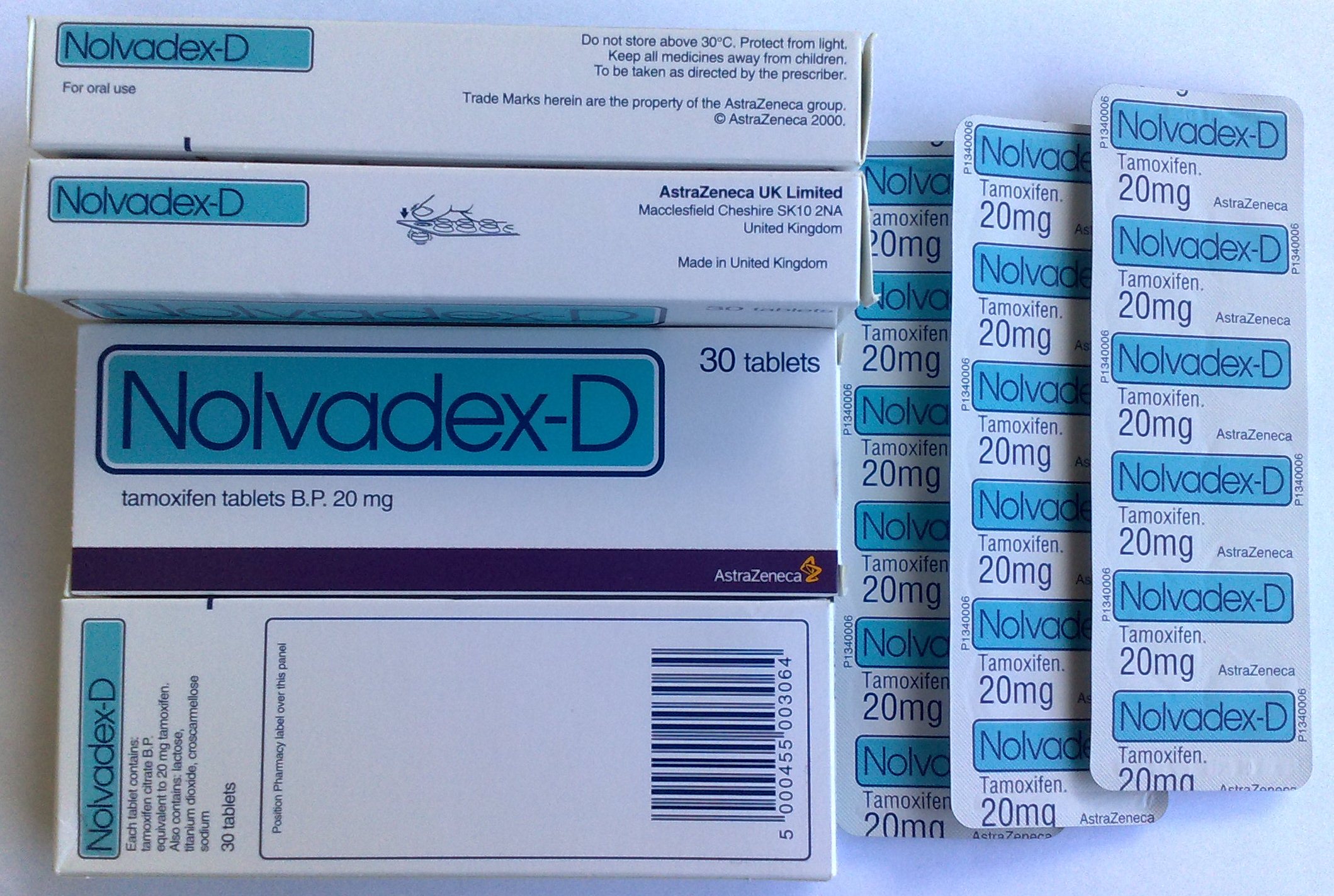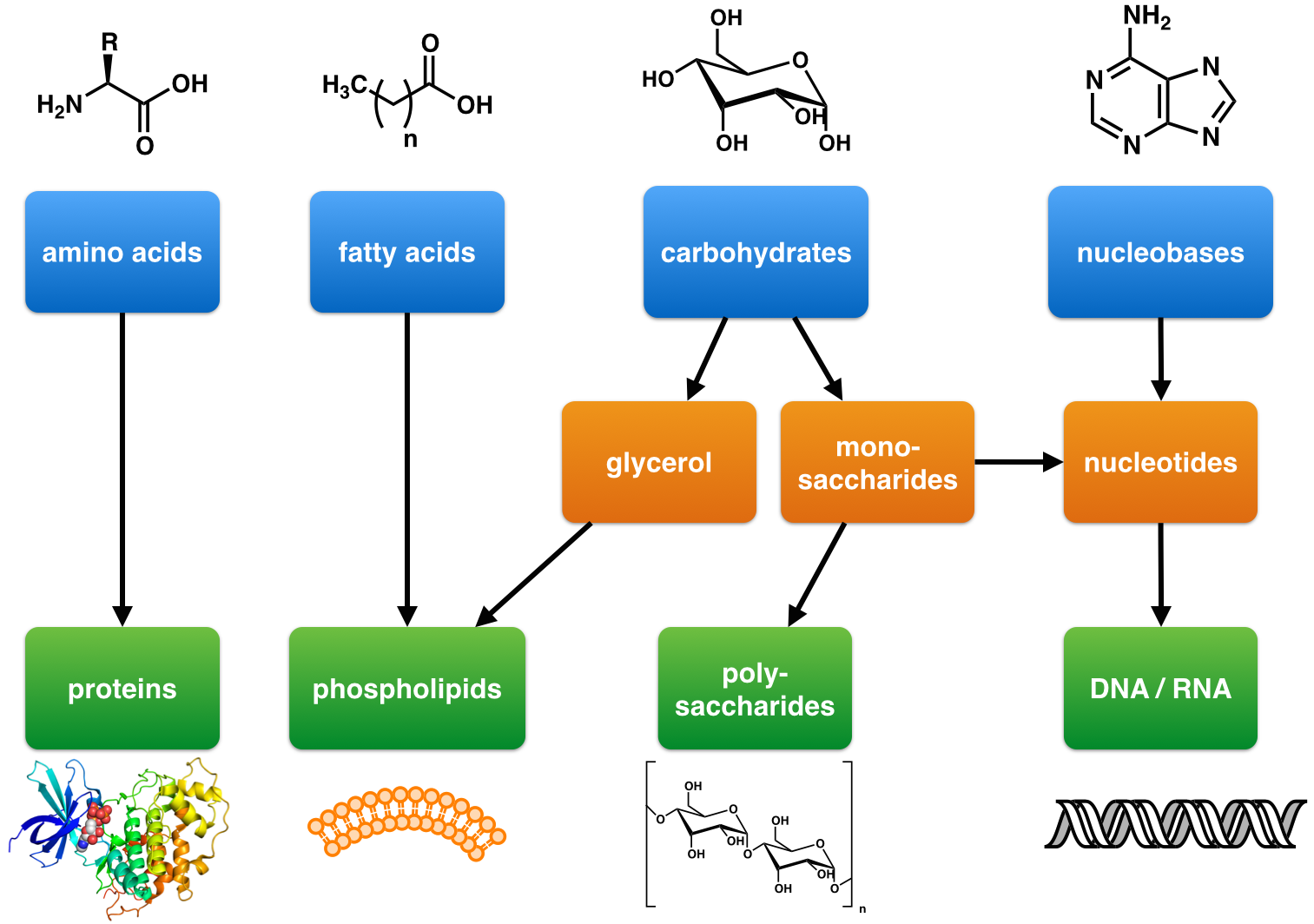|
2-Methoxyestrone
2-Methoxyestrone (2-ME1) is an endogenous, naturally occurring methoxylated catechol estrogen and metabolite of estrone that is formed by catechol O-methyltransferase via the intermediate 2-hydroxyestrone. Unlike estrone but similarly to 2-hydroxyestrone and 2-methoxyestradiol, 2-methoxyestrone has very low affinity for the estrogen receptor and lacks significant estrogenic activity. See also * 2-Methoxyestradiol * 2-Methoxyestriol 2-Methoxyestriol (2-MeO-E3) is an endogenous estrogen metabolite. It is specifically a metabolite of estriol and 2-hydroxyestriol. It has negligible affinity for the estrogen receptors and no estrogenic activity. However, 2-methoxyestriol does ... * 4-Methoxyestradiol * 4-Methoxyestrone References External links Metabocard for 2-Methoxyestrone - Human Metabolome Database Estranes Ethers Human metabolites Ketones Phenols {{Steroid-stub ... [...More Info...] [...Related Items...] OR: [Wikipedia] [Google] [Baidu] |
4-Methoxyestradiol
4-Methoxyestradiol (4-ME2) is an endogenous, naturally occurring methoxylated catechol estrogen and metabolite of estradiol that is formed by catechol O-methyltransferase via the intermediate 4-hydroxyestradiol. It has estrogenic activity similarly to estrone and 4-hydroxyestrone. See also * 2-Methoxyestradiol * 2-Methoxyestriol 2-Methoxyestriol (2-MeO-E3) is an endogenous estrogen metabolite. It is specifically a metabolite of estriol and 2-hydroxyestriol. It has negligible affinity for the estrogen receptors and no estrogenic activity. However, 2-methoxyestriol does ... * 2-Methoxyestrone * 4-Methoxyestrone References External links Metabocard for 4-Methoxyestradiol - Human Metabolome Database Secondary alcohols Estranes Estrogens Ethers Human metabolites Steroid hormones {{steroid-stub ... [...More Info...] [...Related Items...] OR: [Wikipedia] [Google] [Baidu] |
2-Methoxyestriol
2-Methoxyestriol (2-MeO-E3) is an endogenous estrogen metabolite. It is specifically a metabolite of estriol and 2-hydroxyestriol. It has negligible affinity for the estrogen receptors and no estrogenic activity. However, 2-methoxyestriol does have some non-estrogen receptor-mediated cholesterol-lowering effects. See also * 2-Methoxyestradiol * 2-Methoxyestrone * 4-Methoxyestradiol 4-Methoxyestradiol (4-ME2) is an endogenous, naturally occurring methoxylated catechol estrogen and metabolite of estradiol that is formed by catechol O-methyltransferase via the intermediate 4-hydroxyestradiol. It has estrogenic activity simil ... * 4-Methoxyestrone References Estranes Ethers Hypolipidemic agents Human metabolites Phenols Sterols {{Steroid-stub ... [...More Info...] [...Related Items...] OR: [Wikipedia] [Google] [Baidu] |
2-Methoxyestradiol
2-Methoxyestradiol (2-ME2, 2-MeO-E2) is a natural metabolite of estradiol and 2-hydroxyestradiol (2-OHE2). It is specifically the 2- methyl ether of 2-hydroxyestradiol. 2-Methoxyestradiol prevents the formation of new blood vessels that tumors need in order to grow ( angiogenesis), hence it is an angiogenesis inhibitor. It also acts as a vasodilator and induces apoptosis in some cancer cell lines. 2-Methoxyestradiol is derived from estradiol, although it interacts poorly with the estrogen receptors (2,000-fold lower activational potency relative to estradiol). However, it retains activity as a high-affinity agonist of the G protein-coupled estrogen receptor (GPER) (10 nM, relative to 3–6 nM for estradiol). Clinical development 2-Methoxyestradiol was being developed as an experimental drug candidate with the tentative brand name Panzem. It has undergone Phase 1 clinical trials against breast cancer. A phase II trial of 18 advanced ovarian cancer patients rep ... [...More Info...] [...Related Items...] OR: [Wikipedia] [Google] [Baidu] |
Endogenous
Endogenous substances and processes are those that originate from within a living system such as an organism, tissue, or cell. In contrast, exogenous substances and processes are those that originate from outside of an organism. For example, estradiol is an endogenous estrogen hormone produced within the body, whereas ethinylestradiol is an exogenous synthetic estrogen, commonly used in birth control pills Oral contraceptives, abbreviated OCPs, also known as birth control pills, are medications taken by mouth for the purpose of birth control. Female Two types of female oral contraceptive pill, taken once per day, are widely available: * The combin .... References External links *{{Wiktionary-inline, endogeny Biology ... [...More Info...] [...Related Items...] OR: [Wikipedia] [Google] [Baidu] |
Estrogen Receptor
Estrogen receptors (ERs) are a group of proteins found inside cells. They are receptors that are activated by the hormone estrogen (17β-estradiol). Two classes of ER exist: nuclear estrogen receptors ( ERα and ERβ), which are members of the nuclear receptor family of intracellular receptors, and membrane estrogen receptors (mERs) (GPER (GPR30), ER-X, and Gq-mER), which are mostly G protein-coupled receptors. This article refers to the former (ER). Once activated by estrogen, the ER is able to translocate into the nucleus and bind to DNA to regulate the activity of different genes (i.e. it is a DNA-binding transcription factor). However, it also has additional functions independent of DNA binding. As hormone receptors for sex steroids ( steroid hormone receptors), ERs, androgen receptors (ARs), and progesterone receptors (PRs) are important in sexual maturation and gestation. Proteomics There are two different forms of the estrogen receptor, usually referred to as ... [...More Info...] [...Related Items...] OR: [Wikipedia] [Google] [Baidu] |
Human Metabolites
Humans (''Homo sapiens'') are the most abundant and widespread species of primate, characterized by bipedality, bipedalism and exceptional cognitive skills due to a large and complex Human brain, brain. This has enabled the development of advanced tools, culture, and language. Humans are highly social and tend to live in complex social structures composed of many cooperating and competing groups, from family, families and kinship networks to political state (polity), states. Social interactions between humans have established a wide variety of values, norm (sociology), social norms, and rituals, which bolster human society. Its intelligence and its desire to understand and influence the environment and to explain and manipulate Phenomenon, phenomena have motivated humanity's development of science, philosophy, mythology, religion, and other fields of study. Although some scientists equate the term ''humans'' with all members of the genus ''Homo'', in common usage, it generall ... [...More Info...] [...Related Items...] OR: [Wikipedia] [Google] [Baidu] |
Ethers
In organic chemistry, ethers are a class of compounds that contain an ether group—an oxygen atom connected to two alkyl or aryl groups. They have the general formula , where R and R′ represent the alkyl or aryl groups. Ethers can again be classified into two varieties: if the alkyl or aryl groups are the same on both sides of the oxygen atom, then it is a simple or symmetrical ether, whereas if they are different, the ethers are called mixed or unsymmetrical ethers. A typical example of the first group is the solvent and anaesthetic diethyl ether, commonly referred to simply as "ether" (). Ethers are common in organic chemistry and even more prevalent in biochemistry, as they are common linkages in carbohydrates and lignin. Structure and bonding Ethers feature bent C–O–C linkages. In dimethyl ether, the bond angle is 111° and C–O distances are 141 pm. The barrier to rotation about the C–O bonds is low. The bonding of oxygen in ethers, alcohols, and water ... [...More Info...] [...Related Items...] OR: [Wikipedia] [Google] [Baidu] |
Estranes
Estrane is a C18 steroid derivative, with a gonane core. ''Estrenes'' are estrane derivatives that contain a double bond, with an example being nandrolone. '' Estratrienes'' (estrins) are estrane derivatives that contain three double bonds, for instance estrin (estra-1,3,5(10)-triene). The estrogen steroid hormones estradiol, estrone, and estriol Estriol (E3), also spelled oestriol, is a steroid, a weak estrogen, and a minor female sex hormone. It is one of three major endogenous estrogens, the others being estradiol and estrone. Levels of estriol in women who are not pregnant are almos ... are estra-1,3,5(10)-trienes. See also * Androstane * Pregnane References Estranes {{Steroid-stub ... [...More Info...] [...Related Items...] OR: [Wikipedia] [Google] [Baidu] |
Affinity (pharmacology)
In biochemistry and pharmacology, a ligand is a substance that forms a complex with a biomolecule to serve a biological purpose. The etymology stems from ''ligare'', which means 'to bind'. In protein-ligand binding, the ligand is usually a molecule which produces a signal by binding to a site on a target protein. The binding typically results in a change of conformational isomerism (conformation) of the target protein. In DNA-ligand binding studies, the ligand can be a small molecule, ion, or protein which binds to the DNA double helix. The relationship between ligand and binding partner is a function of charge, hydrophobicity, and molecular structure. Binding occurs by intermolecular forces, such as ionic bonds, hydrogen bonds and Van der Waals forces. The association or docking is actually reversible through dissociation. Measurably irreversible covalent bonding between a ligand and target molecule is atypical in biological systems. In contrast to the definition of lig ... [...More Info...] [...Related Items...] OR: [Wikipedia] [Google] [Baidu] |
Natural Product
A natural product is a natural compound or substance produced by a living organism—that is, found in nature. In the broadest sense, natural products include any substance produced by life. Natural products can also be prepared by chemical synthesis (both semisynthesis and total synthesis) and have played a central role in the development of the field of organic chemistry by providing challenging synthetic targets. The term natural product has also been extended for commercial purposes to refer to cosmetics, dietary supplements, and foods produced from natural sources without added artificial ingredients. Within the field of organic chemistry, the definition of natural products is usually restricted to organic compounds isolated from natural sources that are produced by the pathways of primary or secondary metabolism. Within the field of medicinal chemistry, the definition is often further restricted to secondary metabolites. Secondary metabolites (or specialized metabo ... [...More Info...] [...Related Items...] OR: [Wikipedia] [Google] [Baidu] |



